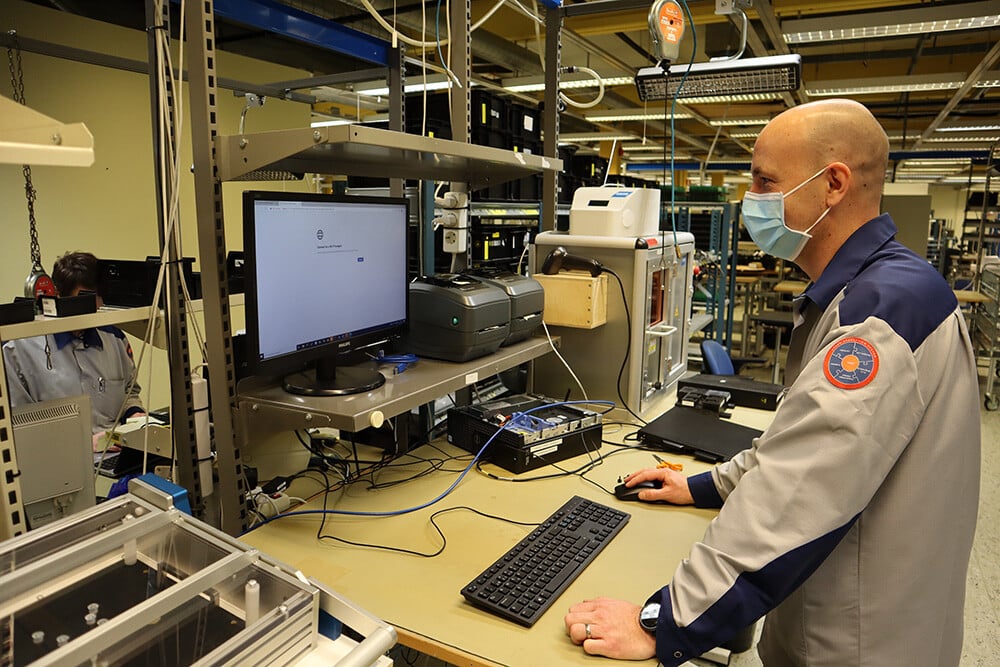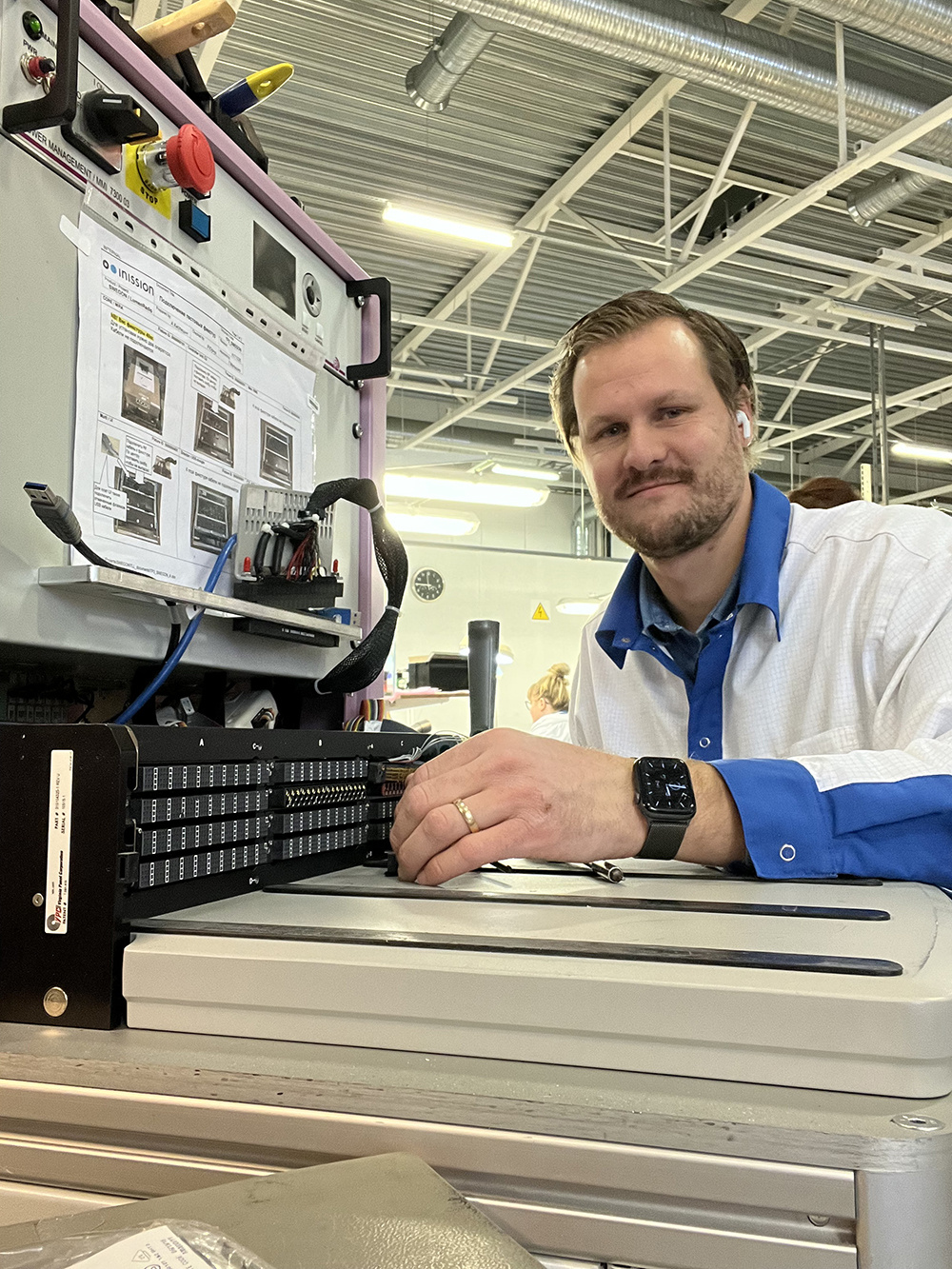Production

Healthcare Product testing
When one of QESTIT systems' customers wanted to improve their existing test system for greater reliability, they had several key requirements. They needed the test results to be stored online, accessible from anywhere and follow strict medical regulations. In addition, the products required laser engraving and marking, all within a tight timeline to meet production deadlines.
Upgrading Test Systems to Meet Medical Standards
This test system was an interesting task as it included production steps such as laser engraving, PCB testing, results management and third party elements over 3G communication. This combined with the high demands on medical products and the need to meet a production deadline made the project a challenging but rewarding experience.
As this was an upgrade of an existing system, the original system's capabilities were analyzed and the critical components were highlighted. QESTIT highlighted the project's top priorities which in this case were high quality and short time to release. The project started by moving the existing code to the QESTIT QATS platform. QATS is a test platform developed by the Systems team which is used for production testing. It uses modular code snippets to quickly build code and make changes throughout the development process. This reduces development time, maintenance time and therefore overall system cost.

At the same time the team began designing/ordering the system's hardware. At the center of this system is an NI compactDAQ unit. This modular designed piece of hardware, has card slots for different kinds of measurement recording cards and can be used to capture digital and analogue signals of all different types. In the future, cards can be replaced as new models are released and when the system reaches the end of its life cycle, the hardware can be repurposed.
The rig's mechanics were designed and constructed by our partner Columbia. This simple open/close design allows for fast and safe PCB testing. This is ideal for batch or small scale production in medical or other high quality industries. Needles connect test points on the underside of the PCB while poles press the PCB from above. From the front of the rig several cables connect to the product during final stage testing.
Pictures from the project











Adapting to changes
"I think this project is a testament to the versatility of our test software and the QATS platform as a whole," says Chris, the project architect. "Many platforms would struggle to incorporate production control steps in that way that QATS does. Being able to make custom code and then easily use/distribute it definitely reduced the project's development time. The customer was very satisfied with the speed at which changes were able to be made."
Throughout the development process several large changes had to be made. "It's a reality of engineering I think. You can start a project with the most detailed plan ever made but something will always need to be changed as new information becomes available. The only thing we can do is expect the unexpected and try to prepare for that. That's one of the reasons QESTIT made QATS in the first place."

Another key aspect to this project was engraving plastic cases as part of the production process. "The laser engraver was a bit of a 'curve-ball' for us. It was completely new. I quickly learned a new coding language and made some automated scripts for the engraver".
Another difficulty was discovering there were no fixtures for holding parts being placed into the engraver. This led to some rapid development, "We learned there we no fixtures available quite late in the project. To fix this we custom designed and 3D printed two new test fixtures that fit into the engraver. We've now purchased our own high end 3D printer for any future projects. That will be useful for sure!"

Summary
The complete test system, including the test rig, engraver, label printers and QRM license was installed on site before the production deadline. With a support agreement, customers can call QESTIT for support or requests for changes to the system.
Overall, the project was a success and achieved the required production time. The customer received a system that could test devices as circuit boards and when assembled. It successfully tracked product ranges, generated labels and laser engraving. Test results are stored online and available anywhere thanks to the power of QRM.



